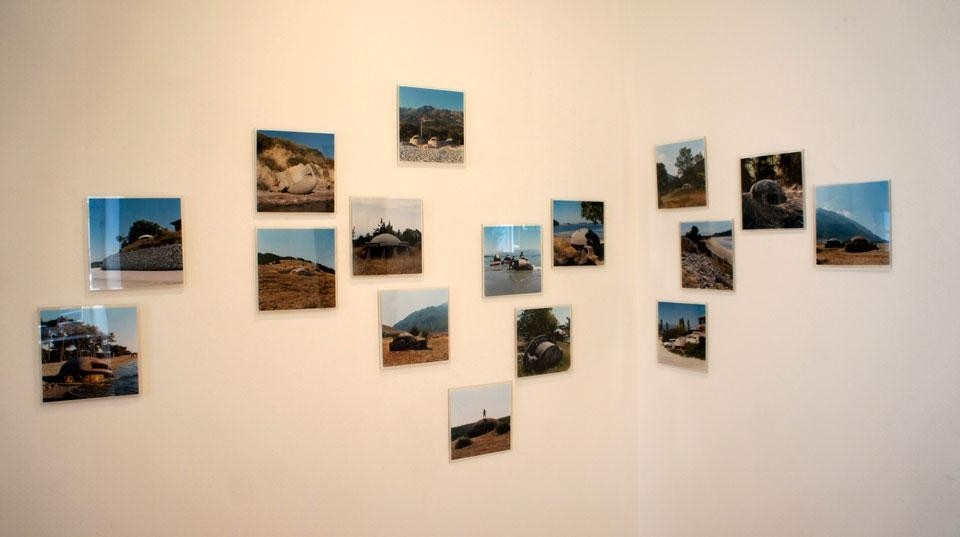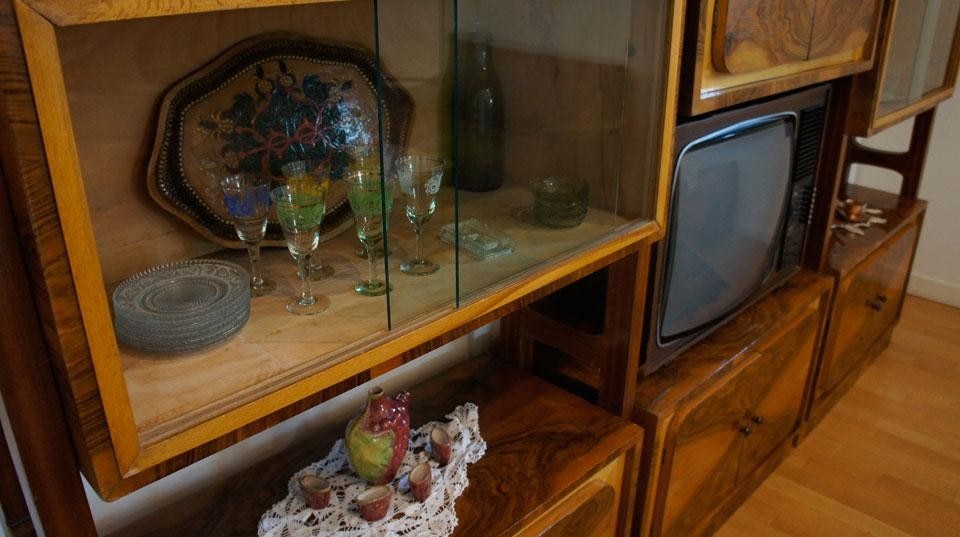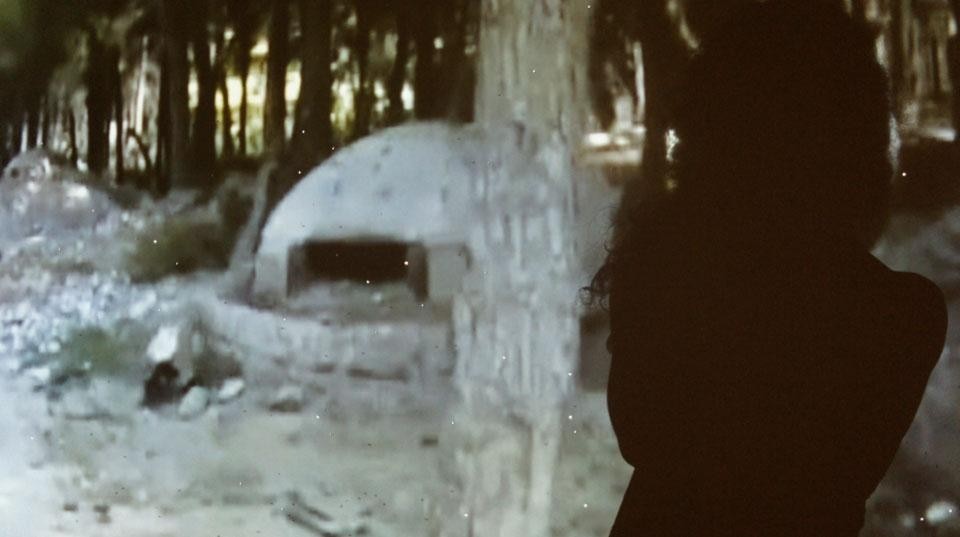It is with sleight of hand that curators Niku Alex Muçaj and Elian Stefa perform this trick at the entrance of the new exhibition Concrete in Common: Albania's Bunker Legacy, where the gesture evokes both the ubiquitous presence of this fortification in Albania, and the the indifference with which the people face it. After Albania dictator Enver Hoxha's massive fortification of the country in the second half of the 20th century, Albania had hundreds of thousands of bunkers dotting its landscape, from hills and beaches to mountains and fields.
Such a fortification campaign reflected the dictator's (and the country's) progressive isolation from the rest of the world. As the leader of the Albanian Labour Party, Hoxha nurtured a particular brand of communism, which lead him to progressively break ties with Yugoslavia, the USSR and China, and finally withdrawing from the Warsaw Treaty organization. After this, the dictator declared "all other governments the enemy — which Albania would fight, and win," and proceeded to fortify the country in between the years of 1967 and 1986, ignoring advice of military experts, in what can only be described as a folly.
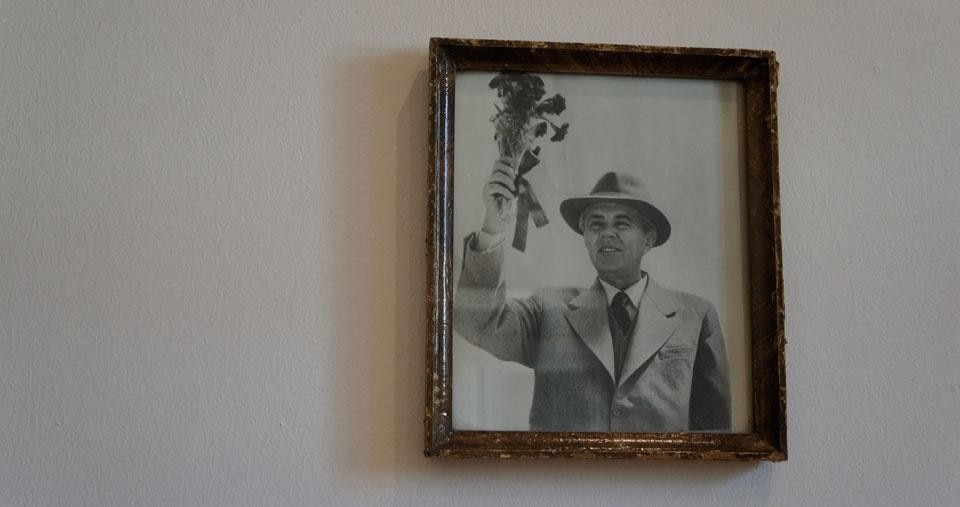
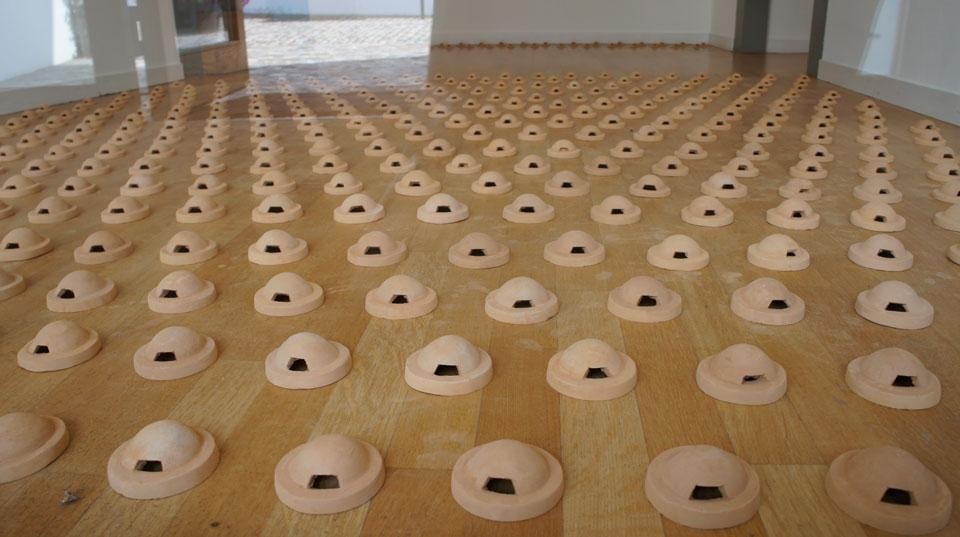
Despite the fact that many of these bunkers are currently actively being destroyed by the population in order to recycle the steel armature within them, a number of projects encourages the re-use and repurposing of these structures
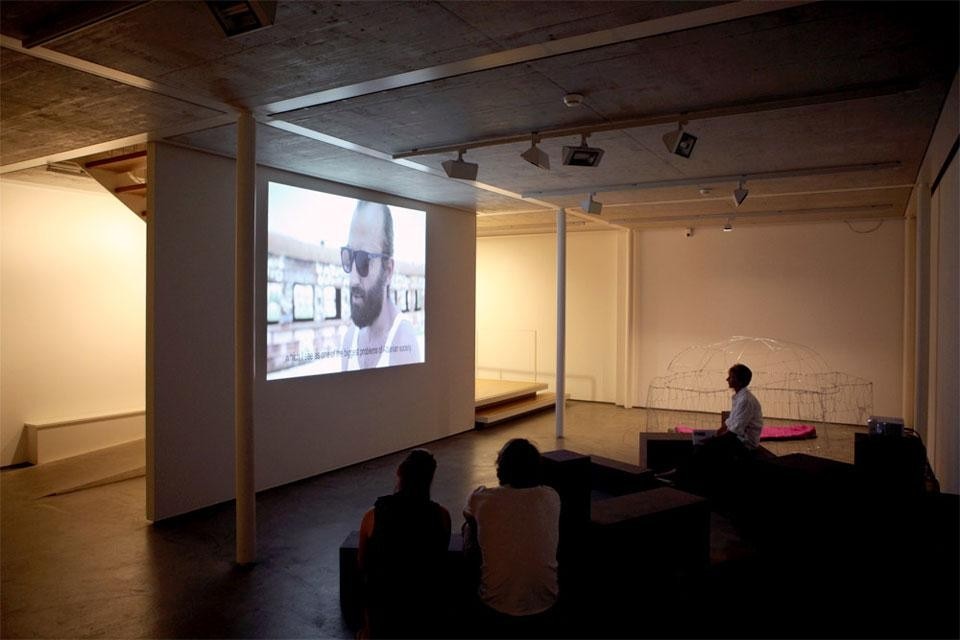
![Niku Alex Muçaj, <em>Kaba nga Ethem Qerimi</em> [Kaba by Ethem Qerimi], on display at <em>Concrete in Common</em>, Kunst Raum Riehen, Basel. Photo by Alicja Dobrucka Niku Alex Muçaj, <em>Kaba nga Ethem Qerimi</em> [Kaba by Ethem Qerimi], on display at <em>Concrete in Common</em>, Kunst Raum Riehen, Basel. Photo by Alicja Dobrucka](/content/dam/domusweb/en/news/2012/08/24/concrete-in-common/big_391796_7980_05_web_IMG_0309.jpg.foto.rmedium.jpg)
Concrete in Common: Albania's Bunker Legacy
Kunst Raum Riehen
Basel, Switzerland
